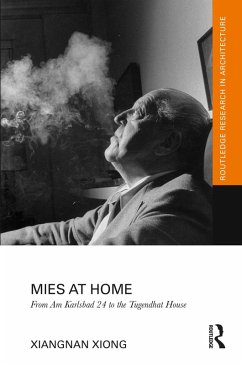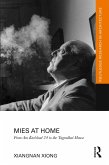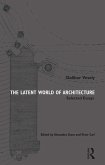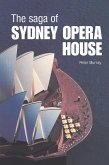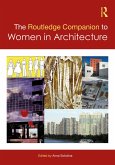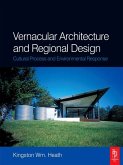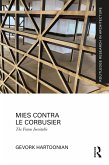The book examines how Mies's experience of residing in his apartment, doubling as a studio, in central Berlin had an impact on his spatial concepts. It uncovers one of the most profound but virtually untold aspects of Mies's development: how his visions of an ideal lifestyle came out of his own living experience and how they, in turn, informed his domestic architecture. Mies's quest featured two breakthroughs. In the Weissenhof apartment building, he conveyed a flexible and manifold lifestyle that many of the avant-garde artists, including himself, were practicing. Later, in the Tugendhat House, he put forward an alternative way of living that centered on contemplation.
Beautifully illustrated throughout, Mies at Home offers a fresh investigation of the diverse intentions and strategies the architect used in creating his iconic open spaces. It will be an insightful read for researchers, academics, and students in architectural history and theory.
Dieser Download kann aus rechtlichen Gründen nur mit Rechnungsadresse in A, B, BG, CY, CZ, D, DK, EW, E, FIN, F, GR, HR, H, IRL, I, LT, L, LR, M, NL, PL, P, R, S, SLO, SK ausgeliefert werden.
- Christopher Long, Martin S. Kermacy Centennial Professor, School of Architecture, University of Texas at Austin, USA.
"In her original, imaginative study of the houses and the apartments Mies van der Rohe has conceived in Europe, Xiangnan Xiong operates a Copernican revolution: she identifies as the source for the emergence of his main ideas about domestic architecture his own home in the center of Berlin. Thanks to this new genealogy, unseen patterns appear in his designs, and the often repetitive Miesian scholarship is challenged."
- Jean-Louis Cohen, Sheldon H. Solow Professor in the History of Architecture, Institute of Fine Arts, New York University, USA.

